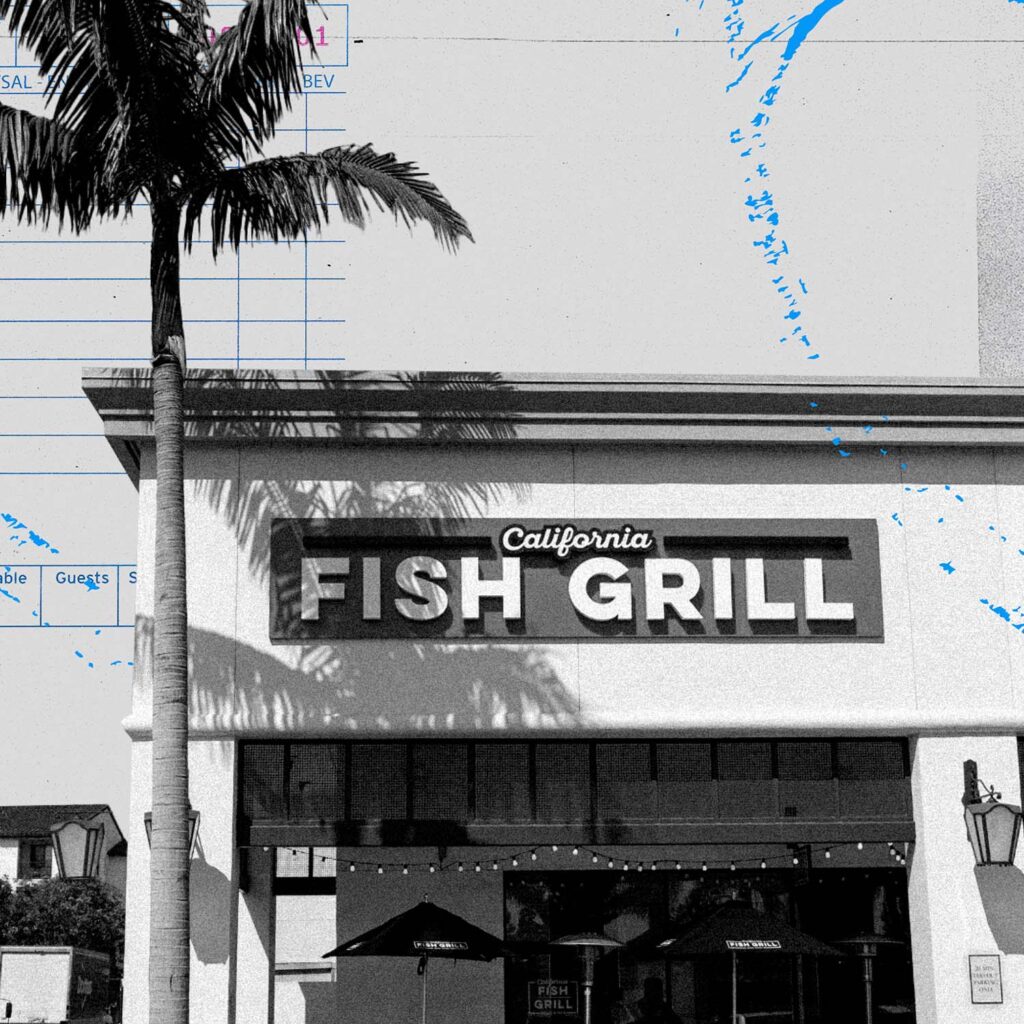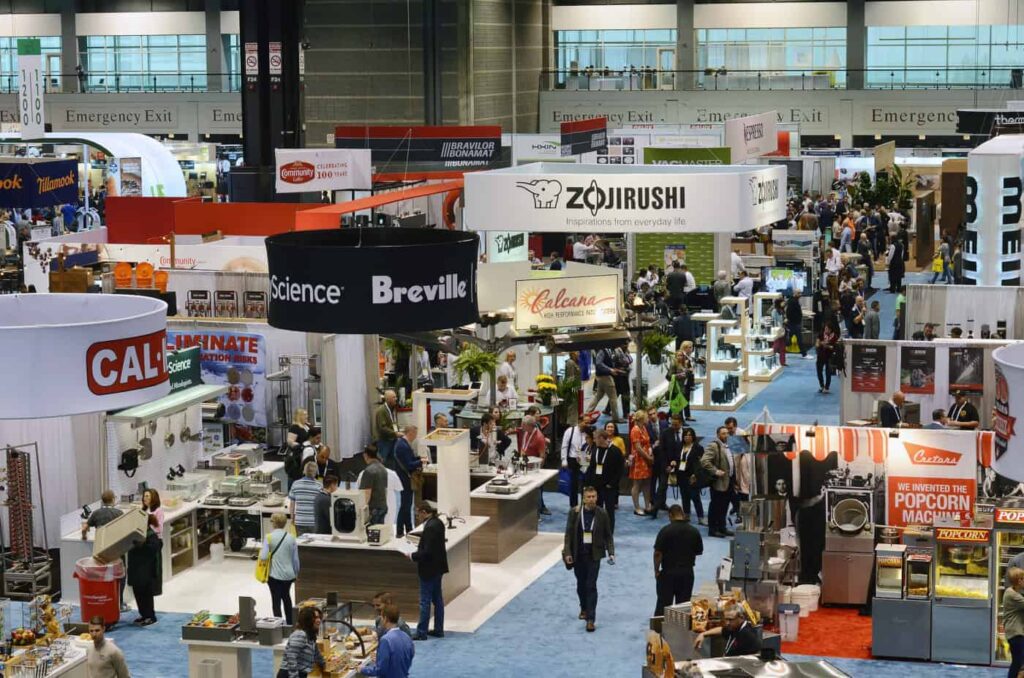If you’re currently hiring restaurant staff, you’re not alone. According to the National Restaurant Association, despite the steady gains in recent months, eating and drinking places remained 824,000 jobs – or 6.7% – below their February 2020 pre-pandemic employment peak.
Last year’s shortage has become the restaurant labor shortage 2022. Even with the uptick in hiring since the beginning of the year, the restaurant staffing crisis remains a major challenge for the industry.
If you’re among the operators who are perplexed by how to hire staff for a restaurant during a restaurant staff shortage, one solution may be to develop a hiring process. Almost every other aspect of your restaurant business is process driven, but many restaurant operators do not have a formal process for hiring employees.
In Part 1 of this hiring blog post series, you learned about optimizing your job postings. Part 2 discusses how to attract restaurant employees by developing a process to hire restaurant staff.
Apply restaurant industry processes to hiring restaurant staff
The restaurant industry is a process-driven industry. If you were to go into a highly successful restaurant and ask them about their top-selling menu item, it’s going to be broken down to a science. The kitchen employees are going to use colored scoops to make sure that they get the right portions and they’re going to know how to prep it, because it is process driven. Creating the best guest experience is also a process, from how bright the lights are to the temperature of the champagne. The restaurant industry strives to create both excellence and consistency, and the only way that can be accomplished is through process.
But most restaurant operators don’t use that same process mindset when it comes to hiring. Those highly successful restaurants that are extremely process driven when it comes to preparing menu items and creating the perfect guest experience, may not be getting such high grades in attracting potential employees.
There is a real gap in terms of taking the process that fuels everything else in the business and applying it to hiring.
Ask those same successful restaurant groups about their hiring process, and most don’t have a definitive answer regarding how many in-person interviews they conduct before hiring or if they do background checks. And even if they do have a process, they readily admit that their store-level managers may not be executing it.
Develop a hiring structure and process
Having a hiring process in place that all hiring managers must follow is imperative but is especially so during a hiring crisis. In the restaurant industry, steps for hiring employees might include the following, but it’s up to your restaurant group to put a structure in place. See how you would answer the questions about these steps in the hiring process.
- Review: Will only the hiring manager review applications, or will you have a hiring team review them?
- Assessments: Will you require assessments, and if so, what questions are important to your restaurant group to filter for the best candidates.
- Phone screen: Will you require a phone screen before the in-person interview? Will the hiring manager conduct the phone screen, or will this responsibility be held by an HR team member or someone else?
- In-person interview: Do your interview questions help determine if the applicant is a good culture fit? Have you set up assessments and phone screens in advance to minimize no shows?
- References: How many references do you require? Must references be from former employers? What references will you require for applicants who are seeking their first jobs?
- Offer: Does your offer letter include everything it needs to be effective, including job title, name, and title of supervisor, start date, full-time or part-time employment, duties, pay rate, the potential for tips or other compensation, company policies, benefits if any, contingencies (e.g., contingent on clearing a background check), etc.?
- Background check: Will you require a background check, and if so, for all positions or selected positions?
- Hire: What steps do you take to make it official?
- Onboard: Does your onboarding process have retention in mind? Will the onboarding process make your new employee feel like a valued member of the team?
In addition to the structure you choose to use once a prospective employee applies for a job with your restaurant group, don’t forget the other steps before you even post a job, and of course, how you’re going to compete with all those other restaurants accessing the same talent pool. Follow these tips for standing out among the competition and attracting potential employees.
Optimize your job postings
One of the first steps in your hiring process is the job posting. Ensure that your job postings are reaching and attracting the right candidates, and that they are optimized for job boards. If you’re not sure whether your job postings would rate a 10 among your candidates and within the job boards, follow the tips in Part 1 of this blog post series about optimizing your job postings.
Create a professional career page
If you don’t have a career page, create one. Many operators are overly focused on job boards such as Indeed and ZipRecruiter, until they start to look at the analytics. Most find that if they’re promoting their career page, 30% to 50% of their applicants are coming from the restaurants’ own career pages.
Besides the highly competitive nature of the mainstream job boards, where there might be 500 other postings for servers or bartenders in your city, your own career page provides the best source for applicants when hiring restaurant staff because those looking at your career page already buy into your concept and culture.
For example, you run a dive bar. You’ve got regulars. They love what you do. One of those regulars is your perfect bartender because your regulars are already bought in.
Your goal then is to get that career page in front of as many people as possible. So, if a customer needs a job, he or she knows where to go. One way to do that is with QR codes set on the tables that hyperlink to your career page.
You must also promote your career page on your website. Many restaurant operators hide the link to their career pages at the foot or within the “contact us” section of their websites.
Finally, make sure you refer to it as a “careers” page rather than using the term “jobs.” Research from the National Restaurant Association shows that eight in 10 restaurant owners started their industry careers in entry-level positions and nine in 10 restaurant managers started in entry-level positions. Promote your jobs as the potential to a career to start changing the perception among applicants that restaurants only provide temporary jobs.
Use pre-screen questions and assessments when hiring restaurant staff
While you want to attract as many applicants as possible to increase the chances that you’ll find the right candidates among the pool, it’s important to weed out the candidates that are not a fit for your restaurant. You can do that with prescreen questions and assessments.
You want to find those candidates who are a cultural fit, as well as those who are interested in getting a job. And, while it seems counterintuitive that someone would spend the time to apply for a job when they’re not interested in being hired, this is a phenomenon that happens frequently in the restaurant industry.
Unfortunately, these types of applicants are a drain on a manager’s time because they don’t even bother showing up for interviews. Using assessments and prescreening questions that you can send them via e-mail through an applicant tracking system (ATS), allows you to create a barrier for entry.
If applicants are truly interested in working at your restaurant, then it’s not too much to ask to have them fill out a 10-minute assessment. This barrier for entry is important because you’re measuring engagement. You’ll save time on people not showing up for interviews. You must find that balance between playing the numbers game and creating a barrier for entry, so you hire the right employees.
Use an applicant tracking system for hiring restaurant staff
An applicant tracking system (ATS) adds efficiency to your hiring process. An ATS can be used to collect candidate data, automatically track applicant progress, and share information securely across an organization.
One of the challenges in hiring is the panic to quickly fill an open position. If the process isn’t defined, you can’t create efficiency. An ATS solution digitally breaks down the expectations set by your restaurant group’s administrator.
If your company’s administrator thinks it’s best to have two interviews and a background check for salaried managers, that structure can be built into the ATS. And hiring managers will have to go through those steps. The right ATS will help you follow the process.
If you choose the right system, an ATS can also save between 60% to 80% in job-posting costs vs. the cost of posting individual ads. When operators move to an ATS solution compared to posting individual ads, it can make a huge difference in cost.
Applicant tracking systems not only guide the hiring process, but they can be invaluable for onboarding as well. Once you’ve identified the right candidate to hire, the next step in your candidate’s journey should include an effective and engaging onboarding process. During this stage, utilize a system that promotes transparency into your restaurant’s policies and procedures, allowing your staff to have clear expectations about their roles and how they’re expected to communicate within your organization. Cultivating a library of tools for your new hires, such as company handbooks, checklists, and training manuals within your ATS, can help your staff start off on the right foot and save on printing time for your managers.
Maintaining your restaurant’s compliance with accurate labor documentation is crucial. Compliance is such an important factor to consider when onboarding your staff, so having a system in place to properly organize and access your restaurant’s documentation is necessary when creating a streamlined onboarding process. Additionally, to minimize new hire documentation errors, you should use a system that clearly explains to your staff how to accurately fill out important tax forms, such as their I-9 or W-4. Having such a system in place will not only reduce your risk for tax penalties, but it will also prevent your managers from correcting clerical errors.
Conclusion
The hiring crisis is real and has an impact on the entire restaurant industry. But there are steps you can take to differentiate your restaurant and attract more applicants that fit your culture.
Read, the third in our hiring blog post series, Hiring Restaurant Staff, Part 3: Hire Using a Comprehensive Approach to Employee Retention.
Are you looking for a restaurant hiring solution that can help support your staffing goals? R365 HIRE makes it easy to attract, hire, and onboard the best employees for your restaurant group. Also look for the next article in this series, Hiring Restaurant Staff, Part 3: Incorporate Employee Retention into Your Hiring Strategy.



